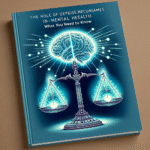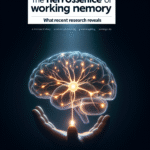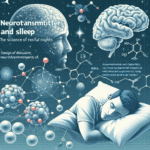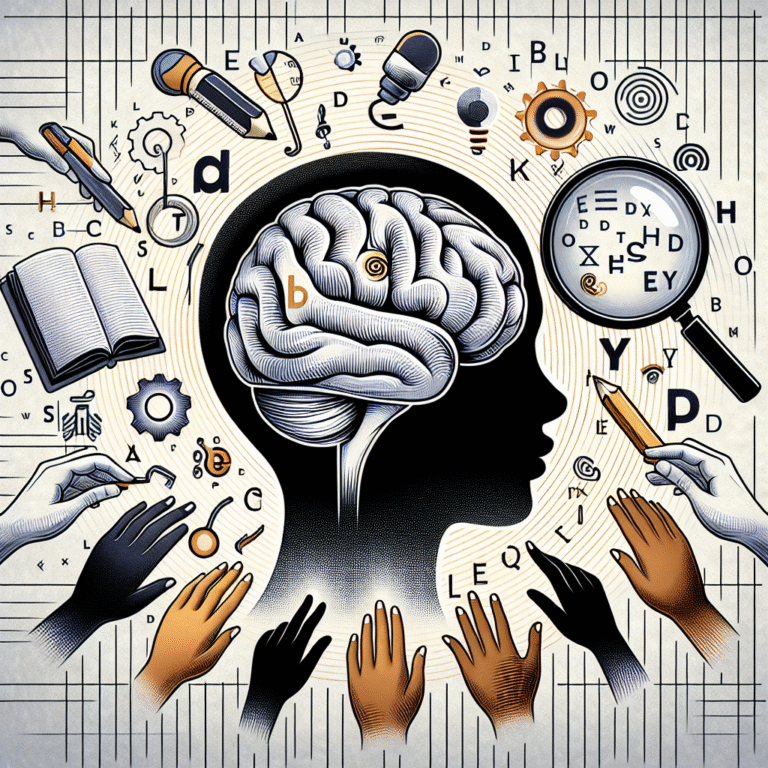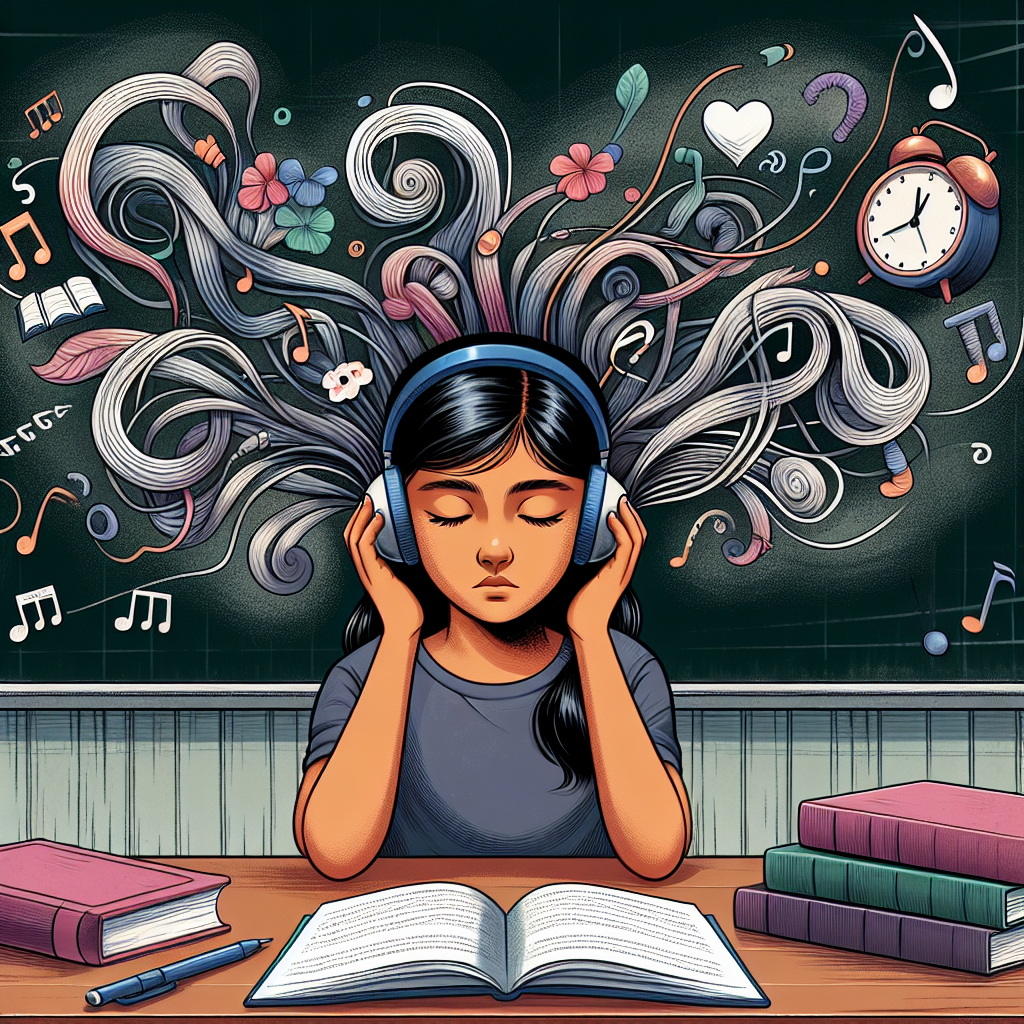
When Hearing Isn’t Listening: The Profound Impact of Auditory Processing Disorder on Learning
Introduction
In a world where communication is key to success, the distinction between hearing and listening becomes paramount—especially for those affected by Auditory Processing Disorder (APD). Picture a school classroom bustling with chatter, a teacher’s voice projecting information, yet for some students, it feels like a distant murmur. When hearing isn’t listening, it can lead to profound implications for learning. This article delves into the intricacies of APD, its impact on education, and how with understanding and appropriate strategies, we can foster an environment where every learner has the opportunity to thrive.
Understanding Auditory Processing Disorder
What is Auditory Processing Disorder?
Auditory Processing Disorder is a neurological condition that affects how the brain processes auditory information. Unlike hearing loss, which involves physical impairments of the ear, APD relates to the brain’s ability to interpret sounds correctly. Individuals with APD may hear sounds normally, but their ability to make sense of what those sounds mean can be impaired. This can manifest in various ways, including difficulty following spoken instructions or distinguishing between similar-sounding words.
The Importance of Listening in Learning
In a learning environment, effective listening translates to comprehension, retention, and engagement. When hearing isn’t listening due to APD, students can struggle significantly with these critical aspects of learning. A child may hear a teacher’s instruction but fail to grasp the concept entirely, leading to frustration and disengagement.
Prevalence of APD
Research indicates that APD affects between 2-7% of children, often going undiagnosed until they reach school age. Many are labeled as inattentive or disinterested, when in fact, they are grappling with an invisible challenge. Early identification and intervention are essential, as they can drastically alter a child’s educational trajectory.
The Learning Landscape for Students with APD
Effects of APD on Academic Performance
Students with Auditory Processing Disorder often face unique challenges in an academic setting. These challenges can manifest in several ways:
- Difficulty Following Directions: Instructions that are multi-step or verbally delivered can become overwhelming, leading to incomplete tasks.
- Struggles with Reading and Language Skills: Understanding phonetics and distinguishing sounds can hinder early literacy development.
- Problems with Note-taking: During lectures or discussions, students may miss critical points, resulting in gaps in their notes and understanding.
- Social Implications: Difficulty in following conversations can lead to social withdrawal and a sense of isolation among peers.
Case Study: Emily’s Experience
Emily, a bright seven-year-old, struggled with listening comprehension. Despite her enthusiasm for learning, she often acted out when asked to follow directions. Initially labeled as a disruptive student, her teachers soon realized her challenges stemmed from unrecognized APD. After receiving appropriate support, including auditory training and explicit teaching strategies tailored to her learning needs, Emily flourished. Her academic performance improved significantly, illustrating how early intervention can drastically alter outcomes.
| Challenges Faced by Students with APD | Possible Strategies for Educators |
|---|---|
| Difficulty following directions | Use visual aids alongside verbal instructions |
| Struggles with reading comprehension | Implement multi-sensory learning techniques |
| Social isolation due to communication barriers | Encourage peer-support systems |
| Problems synthesizing auditory information | Provide written summaries of verbal instructions |
Practical Strategies for Supporting Learners with APD
Classroom Modifications
When creating an inclusive learning environment, it’s essential to adapt classroom practices to support students with APD.
- Seating Arrangements: Positioning students closer to the teacher can help minimize background noise and increase engagement.
- Visual Supports: Using images, charts, and written cues can complement verbal instructions and assist in comprehension.
- Clear Communication: Simplifying language and checking for understanding can make a significant difference.
Training and Awareness for Educators
Teachers play a crucial role in recognizing and addressing APD. Professional development opportunities focused on auditory processing difficulties can equip educators with the necessary tools to support affected students. Proactive strategies such as regular check-ins, the use of assistive technology, and collaboration with speech-language pathologists can create a network of support that enhances learning.
Case Study: John’s Transformation
John, a high school freshman with undiagnosed APD, faced constant academic challenges. His grades slipped, and he became increasingly disengaged. After being evaluated, he received personalized educational support, including access to technology that could project sound directly into his ear. With newfound strategies in place, John’s grades improved, and he reported feeling more comfortable participating in class discussions. His case emphasizes that appropriate interventions can resurface a child’s potential.
Role of Family and Community
Involvement in the Learning Process
Family support is vital for students with APD. By understanding their child’s unique challenges, parents can advocate effectively for appropriate resources within the school system. Furthermore, community programs focusing on auditory development can help bridge gaps in learning, providing additional resources for families.
Building a Supportive Home Environment
Parents can adopt several strategies to assist their children with APD:
- Consistent routines: Structuring daily activities can help children anticipate and understand expectations.
- Engaging in conversation: Regular discussions can help improve listening skills and encourage confidence in verbal communication.
- Limit distractions at home: Creating a quiet space for homework can facilitate focus and reduce the cognitive load associated with processing auditory information.
The Neuroscience Behind APD
Understanding the Brain’s Processing of Sound
The brain’s auditory pathways are complex and involve multiple processing centers. In individuals with APD, there may be disruptions in these pathways that affect how sounds are perceived and interpreted. Research is ongoing to understand the specific neural mechanisms involved in APD, but alterations in brain structures, such as the corpus callosum and areas implicated in language processing, may contribute to the disorder.
Advances in Diagnostic Tools
Innovations in auditory processing assessments are improving early detection rates. Hospitals and clinics are increasingly employing integrated approaches that utilize advanced diagnostic testing. These methods help identify specific auditory deficits, allowing tailored interventions and strategies suited to an individual’s needs.
Conclusion
Auditory Processing Disorder presents a unique set of challenges that can significantly impact learning outcomes. When hearing isn’t listening, the distinction can create barriers to educational success that reverberate throughout a child’s life. Yet, with early diagnosis, an understanding of the condition, and the implementation of targeted strategies, educators, families, and communities can collaborate to create an environment conducive to growth and learning.
The journey of awareness and action begins here. By equipping ourselves with knowledge and tools, we can ensure that every child is given the opportunity to not just hear, but listen, understand, and succeed.
FAQs
1. What are the main symptoms of Auditory Processing Disorder?
Common symptoms include difficulty following spoken instructions, trouble distinguishing similar sounds, and issues with focusing in noisy environments.
2. How is Auditory Processing Disorder diagnosed?
APD is diagnosed through a series of auditory tests conducted by a speech-language pathologist or audiologist, aiming to evaluate auditory processing abilities.
3. Can children outgrow Auditory Processing Disorder?
While some children may develop improved auditory processing skills with age, others may require ongoing support and strategies throughout their educational journey.
4. Are there any specific teaching methods that work best for students with APD?
Multi-sensory approaches that incorporate visual, auditory, and kinesthetic elements can be particularly effective. Consistent reinforcement and real-life applications also aid learning.
5. Is there a cure for Auditory Processing Disorder?
There is currently no cure for APD, but targeted interventions such as therapy and accommodations can significantly improve auditory processing skills and educational outcomes.
6. What can parents do to support a child with Auditory Processing Disorder?
Parents can advocate for their child, maintain open communication, provide structured routines, and reduce distractions at home to create a supportive learning environment.
By understanding and addressing the challenges associated with Auditory Processing Disorder, we can ensure that hearing transforms into effective listening, paving the way for a brighter educational future for all learners.
